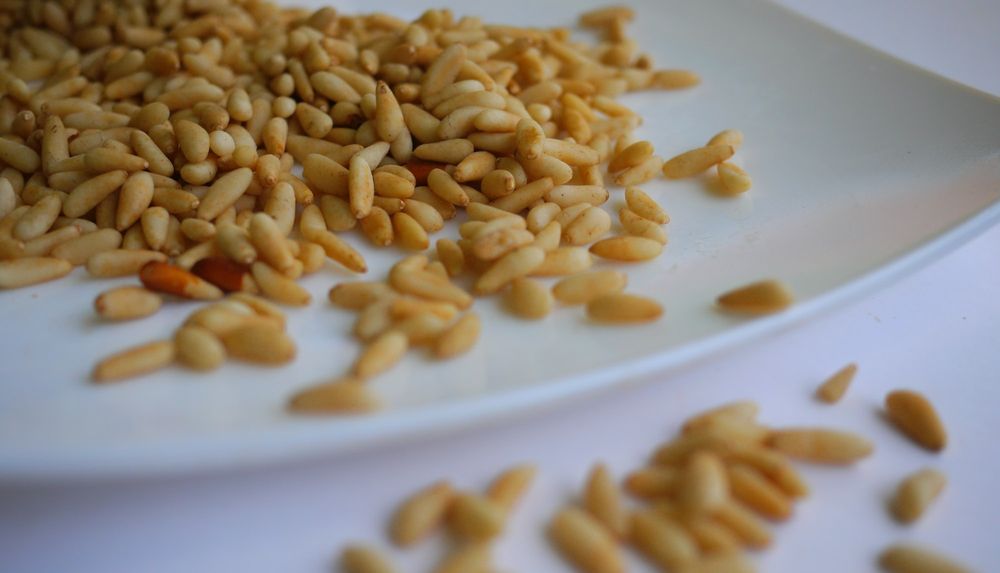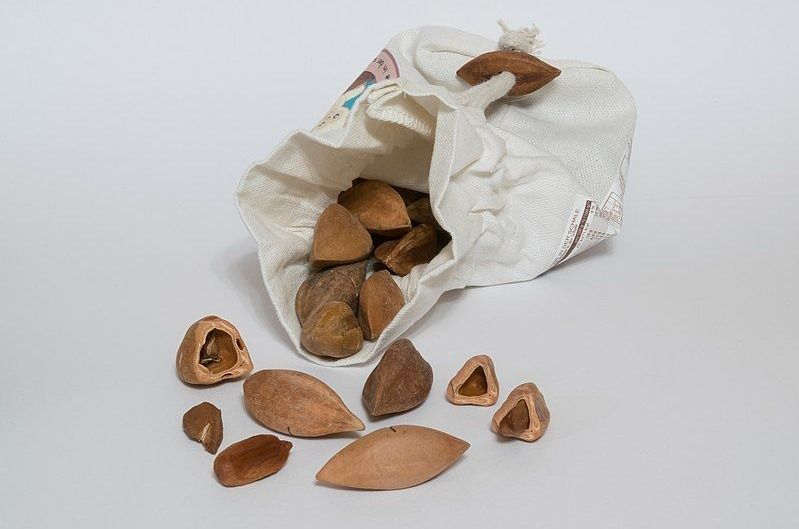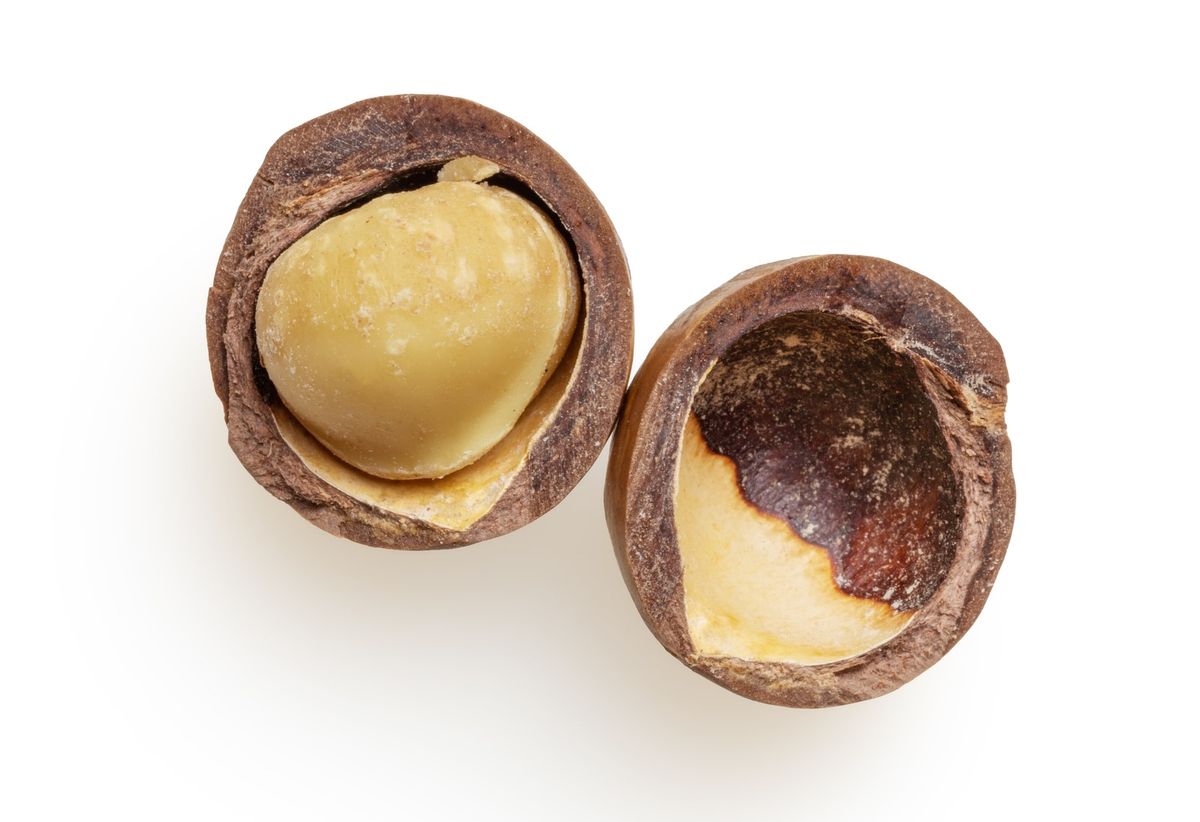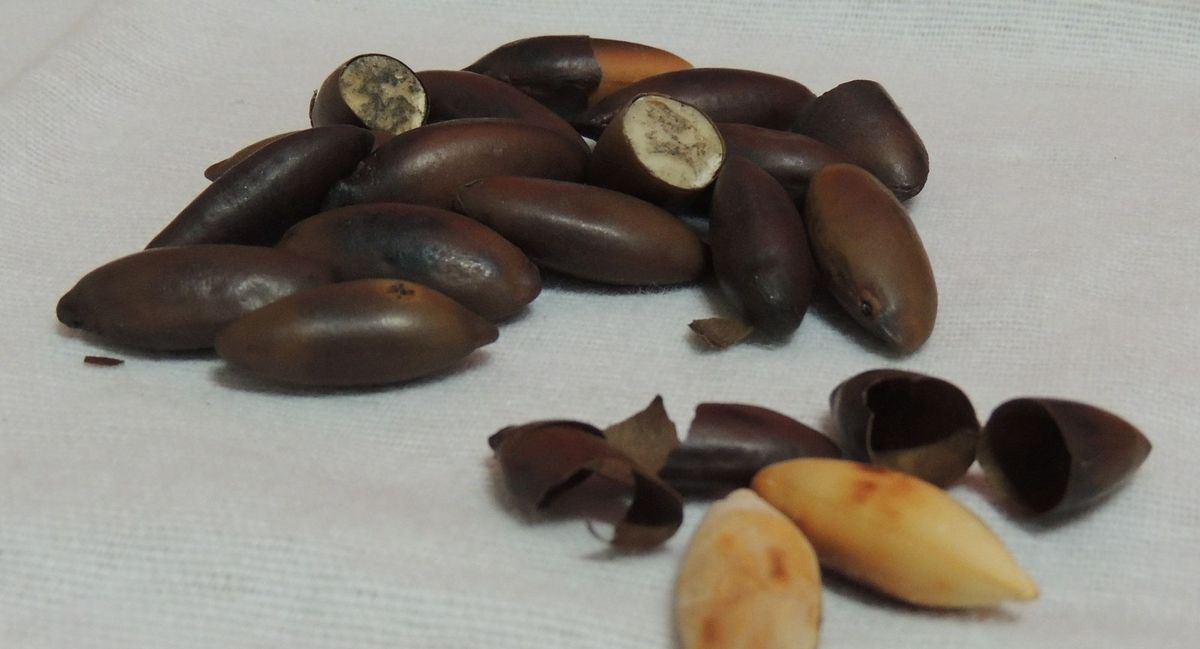Top 4 Most Expensive Nuts In The World
Nuts, celebrated globally for their nutritional value and delightful flavors, are more than just snacks—they're prized culinary ingredients. With diverse forms and tastes, they've found a place in various cuisines. Let's explore some of the world's most expensive nuts.

Nuts, globally appreciated for their nutritional richness and delightful flavors, are more than just snacks—they're valuable culinary ingredients. Their diverse forms and tastes have found a place in various cuisines.
However, not all nuts are priced equally; their cost often reflects their rarity and the complexity of their harvest.
This guide explores the factors behind the pricing of nuts and ranks some of the priciest ones, aiming to help you find a luxury nut that fits both your taste and budget.
The high value of certain nuts is a blend of their scarcity, harvesting challenges, and culinary versatility, offering a nuanced insight into their esteemed place in the food world.

Korean Pine Nuts - $60 Per Pound
Pine nuts, or pignoli, are small, elongated seeds from pine trees, celebrated for their buttery flavor and gentle crunch.
The Korean pine, Pinus koraiensis, is notable for its expensive nuts and historical roots traced back to the Tertiary era, earning a unique recognition by the United Nations.
These nuts are integral to Italian and Middle Eastern cuisines, with major production hubs in China, Korea, Russia, and Mediterranean regions.
Despite being from the same family, regional variations give each pine nut a distinct size, taste, and look.
Why Is It So Expensive?
The high cost of pine nuts is largely due to their challenging harvest from wild forests across China, Russia, North Korea, and Pakistan.
Harvesters must climb towering trees and navigate through dense branches to collect the cones, particularly challenging for the Korean pine whose cones take about three years to mature.
Post-harvest, the cones are sun-dried in burlap sacks for about three weeks before the pine nuts are extracted for consumption or further processing.
Nutritionally, pine nuts are rich in essential nutrients like phosphorus, vitamin K, and omega-3 fatty acids, which are known for promoting heart health and supporting brain function.
Their unique blend of culinary versatility, historical significance, and nutritional benefits justify the premium price, making pine nuts a luxurious and health-promoting choice.
Flavor Profile
With a creamy, buttery essence, they carry subtle earthy undertones and a sweet hint. Unlike other nuts, they leave a light, refreshing aftertaste with a faint piney note.

Pili Nuts - $40 Per Pound
Originating from Southeast Asia's lush tropics, the pili nut, pronounced 'pee-lee,' is known globally for its hard shell.
These nuts, from the pili tree (Canarium ovatum) native to the Philippines, have a long-standing appreciation, initially enjoyed by locals and later by global consumers.
Why Is It So Expensive?
The tradition of wild harvesting in Luzon's Bicol Region significantly contributes to pili nuts' steep price. Harvesters manually climb trees, sometimes up to 20 meters, to release the drupes housing the nuts—a task demanding both skill and caution.
Pili trees mature over five to six years with a harvest season from May to October.
Cracking their hard shells is a challenge, often leading to manual de-shelling or 'pagtilad' in the Bicol region, where a sharp tool called a bolo is used to carefully crack the nut, keeping the kernel intact.
Nutritionally, pili nuts pack essential minerals and omega fatty acids, promoting heart health and aiding cholesterol balance. They can also be processed into a nutritious oil, seen as a healthier alternative to olive oil.
They thrive in specific soil conditions and the tropical climate of the Philippines, posing barriers to cultivation in different regions.
Flavor Profile
Flavor-wise, pili nuts offer a rich, buttery taste with a hint of sweetness and bitterness. Raw, they resemble the flavor of roasted pumpkin seeds or pine nuts, but roasting brings out a nutty taste and waxy texture.

Macadamia Nuts - $25 Per Pound
Boasting a lush, buttery essence, macadamia nuts are a premium dessert nut cherished especially in the US and China.
These edible seeds, native to Australia, were named "Macadamia" in 1857 by botanist Ferdinand von Mueller, honoring scientist John Macadam.
Only two of the ten macadamia tree species, Macadamia integrifolia and Macadamia tetraphylla, yield the valued nuts.
Why Is It So Expensive?
Their cultivation demands patience, taking seven to ten years to start nut production.
With a flowering window of four to six months and nuts maturing at different times, meticulous hand-harvesting is required up to six times annually.
Initially termed "Kindal Kindal" by Australian aboriginals, macadamia nuts embarked on a commercial journey in Hawaii's favorable climate.
The transition to a global luxury demanded certain geographical conditions for growth, adding to their exclusivity and cost.
Nutritionally, macadamia nuts are prized for their high fat content, appealing to health aficionados and the Keto diet followers.
Cultivation is confined to specific climate conditions, like those of Hawaii, narrowing down regions to South Africa, Latin America, and parts of Australia, with importing as the only option for others, escalating the cost.
With a price point of around $25 per pound, the blend of extended maturation, rigorous harvesting, rising demand, and geographic cultivation constraints justifies their premium status.
Flavor Profile
Roasted or salted, macadamia nuts offer a luxurious, buttery taste with a gentle sweetness and velvety texture, enhancing their global appeal as a luxurious and health-promoting nut choice.

Barùkas Nuts - $25 per pound
Barùkas nuts, derived from the baruzeiro tree (Dipteryx alata Vog.) native to the Cerrado region—a tropical savannah in Brazil, Paraguay, and Bolivia—have a narrow harvest window of 8-12 weeks annually between August and September, just before seasonal rains begin.
Why Is It So Expensive?
The collection of these nuts is a manual, labor-intensive task carried out by local communities and indigenous people of the Cerrado.
The nuts, encased in hard fruits that fall from the trees, are gathered from the ground and then transported for processing.
They are separated from the hard shell and roasted to enhance flavor and preserve their nutritional profile, making them appealing to health-conscious consumers.
Thriving in the harsh drought conditions of the Cerrado, baruzeiro trees are remarkably drought-resistant.
Barùkas nuts boast a nutritious profile with 26.3% protein and 33.3% lipids, alongside essential minerals like calcium, phosphorus, and manganese, all within a low-calorie profile of 144 calories per serving.
They have the highest antioxidant level among nuts, with a remarkable 6,330 ORAC (Oxygen Radical Absorbance Capacity) in a 30g serving.
Through partnerships with local cooperatives, harvesting promotes sustainable practices and fair wages, engaging 10,000 to 20,000 locals for foraging and reserving a portion for natural regeneration.
Flavor Profile
Flavor-wise, Barùkas nuts blend the tastes of peanuts and almonds with a hint of coffee-like bitterness.
The texture transitions from a firm almond-like crunch to a smooth, creamy consistency akin to peanuts, making them a unique culinary delight.


